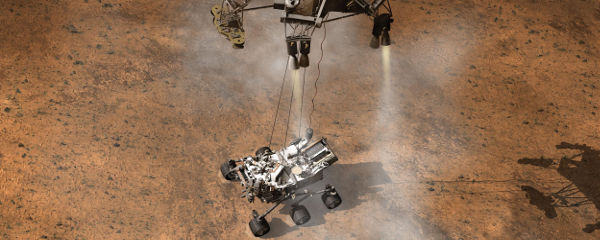What I’ve Learned:
“Micelles: when the heart wants what the head hates.”
Contrary to popular belief, a micelle is neither an expensive French pastry nor that nice lady currently living in the White House. Instead, a micelle is a clump of wishy-washy molecules called surfactants that can’t make the simplest decisions and probably never see any good action movies.
I’ll back up.
We have love-hate relationships with all sorts of things. Semi-sweet chocolate. That non-frozen yogurt full of bacteria that tastes like armpits. Tom Cruise.
Consider the Cruise. He makes some good movies — and a lot of okay movies — but by most accounts, he’s kind of a schmuck. Also, I think he worships Alf from that ’80s TV show; I’m not so clear on the details. The point is, your heart and your head — and any other organ you invite to the discussion — can rightfully disagree on how you feel about Tom Cruise. And they’ll disagree often, because he’s everywhere. You can’t swing a dead thetan without smacking some new movie, rerun, interview, gossip rag or ironic T-shirt featuring wee Mr. Cruise. He’s practically ubiquitous.
And that’s how surfactants feel about water, a substance almost as ubiquitous as Tom Cruise — although Waterworld really hurt its career.
(Oh, let’s face it. Water hasn’t done a really good flick since Splash. It’s been treading itself ever since.)
Back to surfactants. These are stringy little molecules with separate “head” and “tail” regions. They’re amphiphilic, which just means that one end is attracted to water (or is “hydrophilic”) and the other is repelled by water (aka, “hydrophobic”). They’re like schizophrenic Frosted Mini-Wheats, minus the wheat. And the frosting. And the talking commercial mascot.
(It’s not a perfect analogy. Breakfast cereals can only teach us so much.)
If you dropped one surfactant molecule into a pool of water, it might well go crazy. The water-hating end would flop around, trying to get away, while the water-loving side would soak it all in. All confuzzled, it might contort or explode or lock itself in its room and write awful goth poetry.
But dump a whole bunch of surfactant molecules into water, and they make a plan. The water-repelled ends huddle up and glom together, drawing the water-attracted ends around them on the outside. The result is a big ball called a micelle, with all the brave hydrophilic bits exposed to the water, and the tender hydrophobic bits safely tucked inside.
(Yes, that’s basically the plot to the second half of 300. I’m telling you, water is really clutching at straws for good ideas these days.)
So why are micelles important? Well, they’re how detergents work, for starters. Soaps can pull dirt and nasty bits that wouldn’t normally dissolve in water into the center of their micelles and carry them away. From Dawn to Tide to Irish Spring, micelles make things cleaner.
More important, micelles are critical for life. There’s a lipid bilayer forming basically a big micelle (though technically a “liposome”) around every living cell; it’s called a cell membrane, and all our important DNA and enzymes and junk would leak out without it. Smaller micelles are formed in cells to push or pull in materials, including several vitamins (A, D, E and K) that we couldn’t process otherwise. And scientists can create artificial micelles to deliver drugs into cells directly.
So the next time you feel torn about some wacko celebrity, don’t let it get to you. Tom Cruise won’t live forever (probably), and if you had the same inner conflict about water, you’d never leave the house. Or bathe. Or make a decent cup of coffee.
But micelles make wishy-washy work. And they’ve never even seen Top Gun. Respect.



